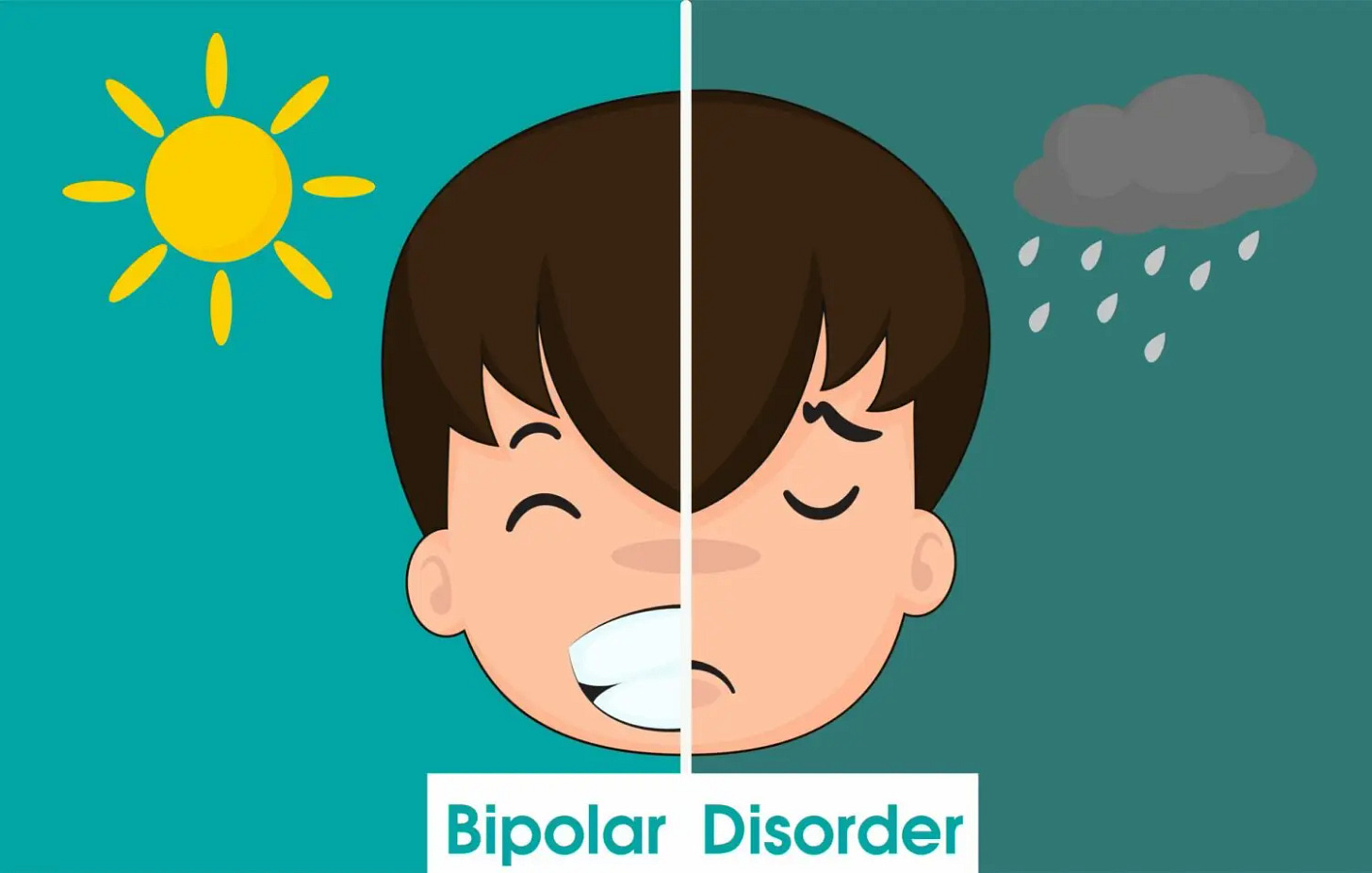Bipolar Disorder
Written by Aanya Deshpande
In 2019, 40 million people were affected by bipolar disorder. Bipolar disorders are mental health conditions that induce periodic, intense mood swings that can affect daily life. These periods can last days or weeks and are known as mood episodes. Episodes are characterized as manic/hypomanic when the mood is intensely happy and joyous, or depressive episodes when the mood is intensely depressed or sad.
The causes of bipolar disorders are mainly genetic. 80% to 90% of people with bipolar disorder have a family member or relative with bipolar disorder or depression. The environment can also result in bipolar disorder, such as lack of sleep, stress, drugs, and alcohol. However, the main cause of bipolar disorder remains unclear.
There are three types of bipolar disorder, which are bipolar I, bipolar II, and cyclothymic disorder. Bipolar I disorder is diagnosed when someone receives a manic episode. Symptoms of bipolar I include manic episodes, hypomanic episodes, and depressive episodes. Manic episodes last about a week, and the symptoms include lack of sleep, faster speech, distractibility, impulsivity, and increased activity. During severe manic episodes, people often experience racing thoughts, hallucinations, and/or false beliefs, which are characterized as psychotic features. Hypomanic episodes are less severe episodes of manic episodes. Symptoms only last about four days, and do not often disrupt daily life. Depressive episodes last at least two weeks, and cause intense sadness and low energy. Symptoms include fatigue, feelings of worthlessness or guilt, lack of sleep, decreased appetite, slowed speech/movement, and frequent thoughts of suicide or death.
Bipolar II disorder is diagnosed when they have at least one major depressive and hypomanic episode. With bipolar II, people often go back to neutral moods after major episodes. People with bipolar II usually have other mental illnesses, such as anxiety or substance abuse.
Cyclothymic disorder is a milder form of bipolar disorder that involves many mood swings but is not as severe as bipolar I and II. Symptoms include at least two years of hypomanic or depressive symptoms but do not meet the criteria for bipolar I or II. During the two years of symptoms, people with cyclothymic disorder have mood swings that last for half the time of major episodes.
Treatments for bipolar disorder include medications and talk therapy. Medications known as mood stabilizers (lithium and antipsychotics) are commonly prescribed to bipolar patients. These medications can change brain cells’ excitability and alter neurotransmitter signaling. Talk therapy can help prevent future episodes, help gain knowledge about illnesses, and adhere to medications.
References
https://www.who.int/news-room/fact-sheets/detail/mental-disorders
https://www.psychiatry.org/patients-families/bipolar-disorders/what-are-bipolar-disorders
Written by Aanya Deshpande from MEDILOQUY


